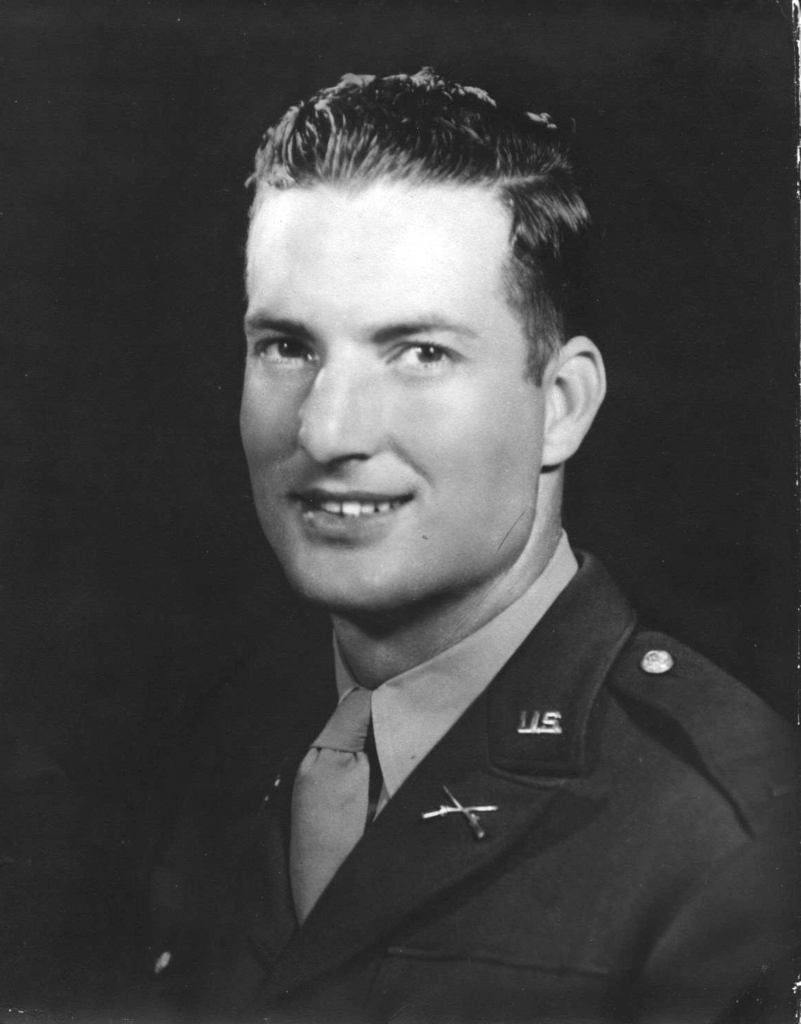
Howard Vernon Burt
First Lieutenant
442nd Regimental Combat Team
3rd Battalion, K Company
Howard Vernon Burt was born on October 14, 1921, to Clifford Vernon and Ira Belle (Matthews) Burt, in Greenville, Alabama. He had two brothers: Thomas Randall and Jack Ellis; and one sister, Dorothy. His father was a successful farmer on Perry Road in the Central community of Butler County, Alabama.
Howard grew up working on the family farm. As a teenager he also worked as an automobile mechanic. At Butler County High School, he was a member of the Student Council and lettered in football, basketball, and baseball. On November 25, 1940, during his senior year, he enlisted in Greenville as a Private in A Battery, 117th Field Artillery Battalion of the Army National Guard. He was single, living with his parents, 5’11” tall and weighed 147 pounds.
At the time of Burt’s enlistment, it was known that the Battalion would remain in Greenville for 10 days while the 98 soldiers underwent physical examinations and were issued equipment, and all preparations were made for their move to Fort Blanding, Florida, for basic training as part of the 31st Division.
Private Burt left Greenville in December 1940, with his unit for Fort Blanding. While there, he was promoted to Private First Class. The Field Artillery Battalion was next transferred to Camp Bowie, Texas, where he was promoted to Corporal, Sergeant, and Staff Sergeant. At Camp Bowie, Burt was selected for Officer Candidate School (OCS). After being commissioned as a Second Lieutenant at Fort Benning, Georgia, and graduating with an excellent record, his first posting was to Fort McClellan in Anniston, Alabama, in January 1943.
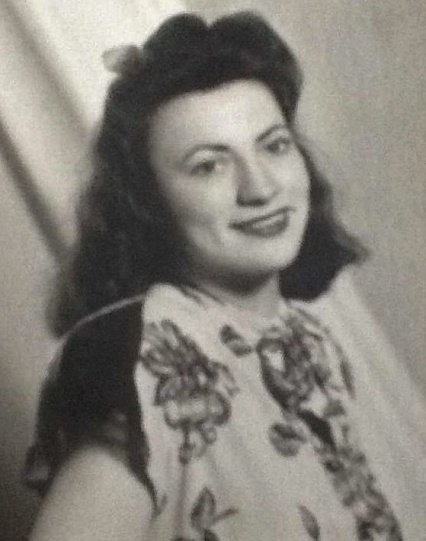
Howard married Mary Louise Merritt of Anniston on July 31, 1943, at the home of her parents, Mr. and Mrs. Charles D. Merritt. In September 1943, Burt was promoted to First Lieutenant.
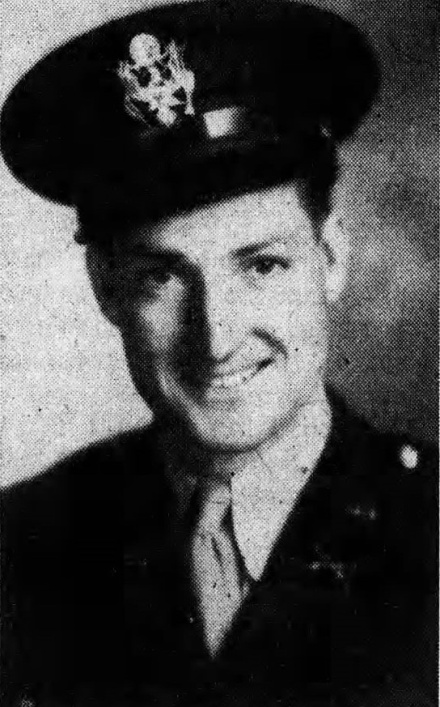
On February 20, 1944, Lt. Burt was transferred to Camp Shelby, Mississippi, and assigned to the 442nd Regimental Combat Team, 3rd Battalion, K Company. The 2,686 new enlisted men arrived from the Territory of Hawaii on April 13. Burt was there for his company’s basic training, which started on May 10 and ended on August 23 – and was followed by unit training. Afterwards, platoon and company training began on October 20 and lasted a month. Lt. Burt was instrumental in all the training his men received.
On November 22, the infantry swung into battalion training, and on December 13, Colonel Pence took his Combat Team into the field as a combined unit for the first time, holding exercises that ran until December 24. The final phase of training began two days later when the men were in the field again for combined training with the support of artillery and combat engineers. D Series maneuvers began on January 28, 1944, in the DeSoto National Forest in Mississippi under the command of the 69th Infantry Division. These exercises lasted into February. On March 4, Army Chief of Staff General George C. Marshall arrived for a review and inspection of the Combat Team – and Colonel Pence announced that Marshall had been pleased with what he saw. Ten days later the 442nd was directed to prepare for overseas movement.
On April 22, the men boarded the train that took them to Camp Patrick Henry, Virginia. The 442nd RCT was deployed overseas on May 2, 1944, in a large convoy of over 100 troop ships bound for the Theater of War. They debarked at Naples, Italy, on May 28 and made their way the ten miles to Staging Area #4 at Bagnoli. After unloading and preparing their equipment, they left on June 6 for the Anzio beachhead aboard LSTs, arriving the next day. They then marched about five miles through the rubble of Anzio to their bivouac area. And on June 9, they left for their next bivouac area at Civitavecchia, north of Rome. The next ten days saw a physical conditioning program to get everyone in combat-ready form.
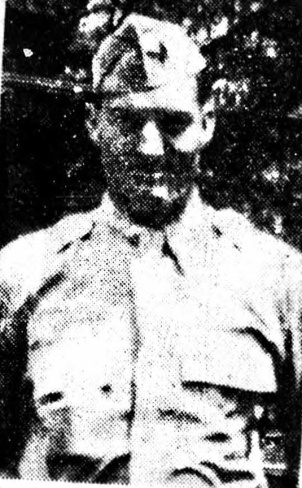
At this point, events began to move swiftly. They were ordered to a new bivouac area near Grossetto, arriving before dawn on June 22. And on the 24th to yet another bivouac area near Gravasanno for an overnight stay, marching 13 miles on June 25 to their final assembly area behind the lines. On June 26, 1944, the 442nd RCT moved into the front lines before dawn, relieving the 517th Parachute Infantry Regiment. Lt. Burt and the 3rd Battalion pushed off for their attack at 9:00 am. By 11:00 am they were stopped due to heavy enemy resistance, but they were able to advance beyond the town of Suvereto. It had been a successful day for the 442nd’s first day in combat.
The following day, June 27, 1944, 3rd Battalion was directed to push northwest and seize Castagnetto. Platoon leader First Lt. Howard Vernon Burt was killed this day, while leading a reconnaissance patrol on a flanking attack when a German-placed mine exploded.
First Lieutenant Howard Vernon Burt was interred at the U.S. Military Cemetery at Tarquinia, Italy, Plot D, Row 13, No. 434. He was survived by his wife, Mary Louise Burt; his parents (his father died six months later); and his brothers and sister.
For his military service, First Lieutenant Howard Vernon Burt was awarded the Bronze Star Medal, Purple Heart Medal, Good Conduct Medal, American Campaign Medal, European-African-Middle-Eastern Theater Medal with one bronze star, World War II Victory Medal, and Combat Infantryman Badge. Howard was awarded the Congressional Gold Medal on October 5, 2010, along with the other veterans of the 100th/442nd Regimental Combat Team. This is the highest Congressional Civilian Medal.
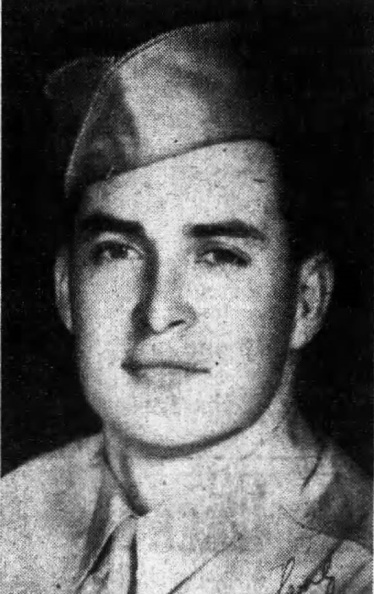
Lt. Burt was brought home after the war. His funeral service was held on March 5, 1949, at Mt. Carmel Church in the Central community, followed by burial with full military honors at Mt. Carmel Cemetery, Greenville. His gravesite is located in Section 1, Column 10, Row 1. The military honors were provided with the participation of the American Legion, Veterans of Foreign Wars, and Battery A, 117th Field Artillery of the Alabama National Guard.
Right: His brother Randall Burt also served in the U.S. Army during World War II
Researched and written by the Sons & Daughters of the 442nd Regimental Combat Team in 2021.
